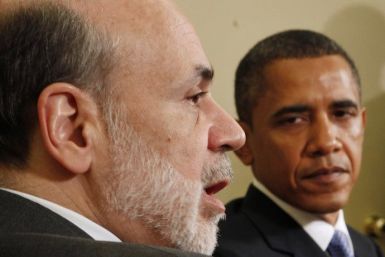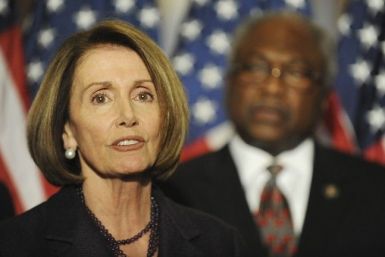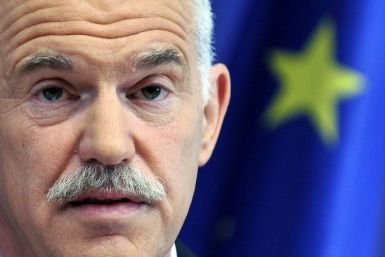President Obama's tax cut plan, by lowering unemployment and boosting economic growth, may ease the Federal Reserve's pressure to buy Treasuries via its controversial program of quantitative easing.
Brazil’s unemployment rate fell to a record low in November as the country is set to witness the fastest growth in more than two decades.
Obama's tax cut plan is a done deal now. By cutting taxes and increasing spending, it is essentially a fiscal stimulus package for the next two years that will boost GDP growth, create jobs, and add to the budget deficit.
Congress passed a compromise deal late Thursday to keep alive Bush era tax cuts for all Americans and continue to provide unemployment benefits for millions of workers, with President Barack Obama set to sign the bill into law.
Stocks rose, likely boosted by a drop in jobless claims and an optimistic forecast by FedEx Corp. (NYSE: FDX), ahead of post-closing earnings reports from Research In Motion (Nasdaq: RIMM) and Oracle (Nasdaq: ORCL).
The House of Representatives has postponed deciding on an extension of the Bush-era tax cuts.
While peripheral European countries are forced by the bond market to raise taxes and cut spending in 2010, they were some of the steepest tax cutter among OECD members from 2007 to 2009.
Applications for jobless benefits in the U.S. fell unexpectedly for the week ended Dec. 11, posting a decline for two consecutive weeks.
Construction of new homes in the U.S. rose during November but permits fell surprisingly, according to a report by the U.S. Commerce Department, indicating that the housing market might face some weakness in the coming months.
British retail sales rose in November for a second consecutive month as consumer spending picked up ahead of a hike in value added tax (VAT) next year.
The Brookings Institutions' MetroMonitor, which tracks America's 100 largest metropolitan areas, found a sharp reversal of the job growth that was occurring earlier in the year.
The U.S. Senate passed the Middle Class Tax Relief Act of 2010 today by a vote of 81-19. It now goes to the House of representatives, which could take up the matter as early as today.
Many experts in the private sector favor expanding the size of the 750-billion euro European Financial Stability Facility (EFSF), which was created to bail out European countries under sovereign debt pressures.
Greek unions have again staged strikes and demonstrations to protest the government’s austerity measures, including changes in labor laws and widespread cuts in wages.
Business activity in New York State rebounded in December after contracting sharply in November for the first time since mid-2009.
Inflation in the U.S. continued to remain weak during November, in line with analysts' expectations, according to a report by the U.S. Labor Department.
Roubini Global Economics (RGE) has predicted that global economy's growth next year will be marginally weaker than this year, with eurozone holding the biggest risk to global growth, and that the U.S. will not emerge any time soon from the worst unemployment crisis it has faced in decades.
Some of suburbs just west of the nation's capital have the highest household median income in the nation, while several of the counties containing American Indian reservations in a pair of northern plain states have the highest poverty rates, new estimates from the Census Bureau reveal.
Chief Financial Officers (CFOs) in the U.S. expect improved employment rates and wage growth in the coming year, according to a joint study by Duke University and CFO Magazine.
Moody's Investor Services said on Wednesday that it has put Spain's Aa1 debt rating under review for a possible downgrade taking into account the large debt burden of the country and its funding needs next year.
Employment rates remained mostly stable in the euro area during the third quarter, dropping only by 0.2 percent, while unemployment rate in the U.K. touched its highest since the beginning of the year.
The National Retail Federation (NRF) raised its holiday sales forecast to 3.3 percent, or $451.5 billion, from 2.3 percent, saying stock market gains and income growth combined with great deals on merchandise have given consumers the capacity to spend.













































